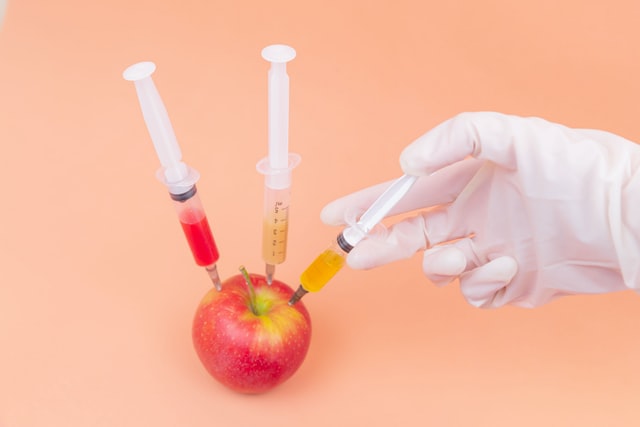In a food business, it’s essential to know the basics of food science. The five fields of food science to understand as a food business are food microbiology, food engineering & processing, food chemistry, nutrition, and sensory analysis. This blog post will discuss each of these fields in detail and explain what they mean for your business. Knowing the basics of food science will help you create better products and make your business more successful!
1) Food Microbiology
The scientific study of how microorganisms interact with foods, and food microbiology, focuses on bacteria, molds, yeasts, and viruses. Food safety and quality are two topics that are particularly pertinent to product development. Food safety is the protection of people from pathogenic germs in food. It’s nearly impossible to get rid of all germs from any meal; nevertheless, you can take many measures to hinder their proliferation or destroy them.
In food science, pathogenic microorganisms and their poisons are being discovered using increasingly sensitive and rapid detection technologies and developing packaging and procedures that restrict their growth and survival. Some organisms aren’t necessarily dangerous, but others cause food to spoil.
2) Food Engineering & Processing
On the other hand, food engineers create the concepts that food processors use to transform raw materials into healthy, long-lasting meals. Engineers may not take a direct part in menu planning; nevertheless, processors will. The way you treat an ingredient significantly influences the flavor, color, safety, and shelf life of meals.
Analyze the high-pressure treatment (HPP) and its influence on the fresh fruit and vegetable juice sector. HPP is a non-thermal “cold pasteurization” technique that allows you to produce fruit and vegetable juices without any adverse effects of thermal processes, such as taste, texture, or color changes. The process does not alter the nutritional profile of the juices, so it doesn’t require fortification.
3) Food Chemistry
Foods are biochemicals because, in most cases, they or their raw ingredients are or were living things. Biochemistry may be crucial to a product developer’s knowledge. Enzymes are biochemistries’ primary engines of action. The conversion of the disaccharide lactose into its component sugars galactose and glucose is improved by adding the enzyme lactase to milk, which breaks down the disaccharide into its component’s galactose and glucose, making it more digestible.
4) Nutrition
When creating new products or altering old ones, one of the most challenging tasks is to produce tasty meals that are low in calories but still satisfy customers. The biological effects of so-called nutraceuticals and functional foods have received significant research. Product designers are noticing and working to include these foods or their bioactive components in new items. Customers will eventually demand the same health advantages from their away-from-home meals that they receive at home.
5) Sensory Analysis
Sensory science employs people to describe and assess foods’ tastes, textures, appearance, and other qualities. Product developers rely on sensory evaluation methods. You can use sensory techniques to narrow down ideas, select prototypes, optimize a developing product, and monitor and maintain quality.
Evaluate a product’s preference and popularity. Tests may be used to evaluate consumer preferences and the acceptability of a product. Quantitative descriptive analysis (QDA) can be used to assess the taste qualities, assigning numerical ratings for these criteria.
The Bottom Line
So, there you have it: The five fields of food science to know as a food business. As you can see, a lot goes into making sure the food we eat is safe and of high quality. But with the help of food scientists, we can be confident that the food we consume is delicious and nutritious.
Looking to take your food business to the next level? Contact the greater goods today to see how we can help!
